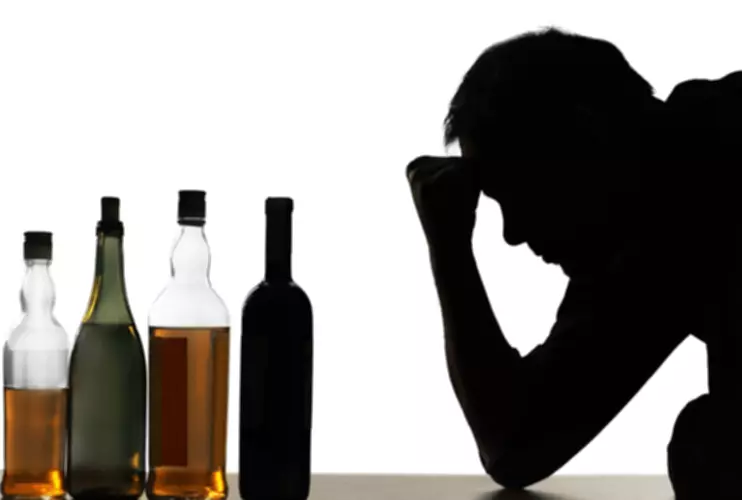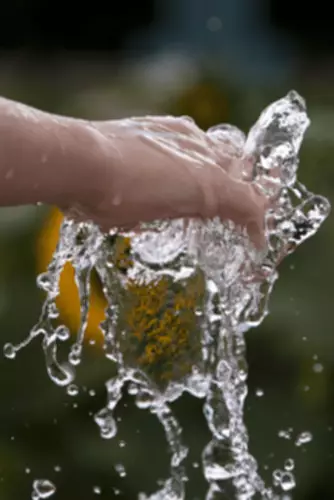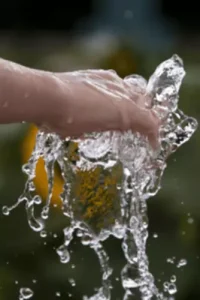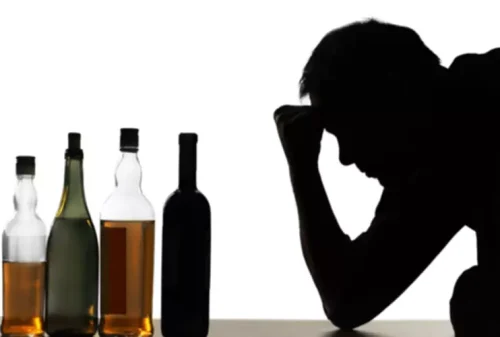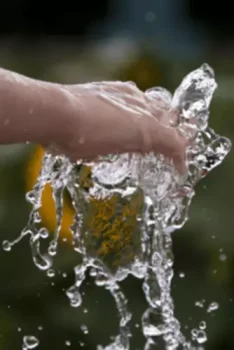.jpg)
This effect was observed in 52% of participants after consuming a moderate amount of alcohol. ‘Alcoholic face’ or ‘puffy face’ is a result of the dehydrating effects of alcohol. Alcohol abuse causes the body to be unable to metabolize certain substances such as bile salts, corticosteroids, and histamine. The build-up of these substances causes generalized skin itching, which can lead to irritation, inflammation, and rashes. Surgical therapy, along with topical treatments, are incredibly effective for helping return the nose to its original shape without harming the bone and cartilage structures.
Alcohol and your health: Risks, benefits, and controversies
- Due to this, the idea that alcoholism could cause rhinophyma held up for many years.
- Others, such as jaundice caused by liver disease and skin cancer are less treatable and are often a sign of end-stage alcoholism.
- If you think you might be facing a health challenge, please consult with a healthcare professional.
- Identifying personal triggers is essential in managing the condition effectively.
- They can accurately diagnose the cause of the changes and advise you on suitable treatment options.
Alcohol might contribute to rosacea and rhinophyma, but the substance doesn’t seem to cause the conditions in the first place. W.C. Fields was a popular U.S. comedian who appeared on stage and in several movies in the first half of the twentieth century. He was known for his large, bulbous nose and his connection with alcohol. Explore how Executive Golf Rehab supports addiction recovery through golf therapy, enhancing physical, mental, and emotional well-being for lasting recovery. Inpatient treatment may be necessary if you cannot stop drinking on your own. Medication can also be used to help manage withdrawal symptoms and cravings.
Condition Spotlight
- In addition, we offer detox services as part of our addiction recovery program.
- Genetics play a large part in the development of rosacea and rhinophyma.
- This slows metabolism as the body prioritizes getting rid of alcohol calories, leading to weight gain.
- Excessive consumption of alcohol may also lead to the development of spider veins on the face.
- These conditions are not life-threatening and it is possible to live with them.
“When people are thinking about drinking, and if they choose to do so, it should be part of a healthy lifestyle,” Rimm says. And not so long ago there was general consensus that drinking in moderation also came with health advantages, including a reduced risk of cardiovascular disease and diabetes. In many cases, even moderate drinking (defined below) appears to increase risk. Despite this, less than half of the US public is aware of any alcohol-cancer connection.
Feel like you should be drinking less? Start here
.jpg)
The condition is understood and treated as a condition that is totally separate from alcohol use disorder. When most people think of alcoholic nose, they are likely thinking of rhinophyma. It can cause it to enlarge and become bulbous, and also turns the nose purple why do alcoholics have weird noses or red.
Topical Treatments
.jpg)
The symptoms might be very mild for an amount of time and then the cycle is repeated again. Rhinophyma is an entirely unique condition that is separate from alcoholism. To learn about how we treat substance abuse at Ark Behavioral Health, please connect with our treatment specialists today.
Excessive drinking can damage and disease the liver, heart, and other parts of the body and contribute to diseases such as diabetes and various types of cancer. Since rhinophyma is a form of rosacea, the treatment for rhinophyma is similar. Some people also avoid alcohol because they believe that it contributes to flare-ups of the conditions. Contact Zinnia Health today to learn more about our alcohol addiction treatment programs.
Is A Big Nose A Sign Of Alcoholism?
For starters, communicate with close friends and family about your situation. Entrust your addiction with people who love and care about you and want to see you happy. Tell them about your struggles and how your alcoholism is agitating your rosacea. However, it is very important to note that rosacea and rhinophyma can be agitated by things other than alcohol. Stress, sleeplessness, dehydration, depression, improper diet, dry skin, and many other factors can agitate rosacea and rhinophyma. The issue is that rhinophyma has absolutely nothing to do with alcoholism.
As stated earlier, the medical definition of an alcoholic nose is rhinophyma. The definitions for a drink in the US are the common serving sizes for beer (12 ounces), wine (5 ounces), or distilled spirits/hard liquor (1.5 ounces). It’s worth noting that current guidelines advise against drinking alcohol as a way to improve health. For millions of people, it’s a regular part of the dining experience, social and sports events, celebrations, and milestones. And the alcoholic beverage industry is a major economic force, responsible for more than $250 billion in sales annually in the US. Rosacea can often appear on the outside to be an acne outbreak or natural coloring on the cheeks.
Alcohol abuse reduces vascular control in the brain which can lead to blood vessels in the face becoming enlarged. Drinking can increase the effects of existing rosacea and may increase the risk of this condition developing. However, many people who use alcohol heavily do not develop rosacea, and rosacea does often occur in people who do not drink alcohol or only use it in moderation. Rhinophyma, the condition often referred to as alcoholic nose, has a red, swollen, lumpy appearance. The nose may also have a purple-colored appearance and could be mistaken for having warts or other skin blemishes that look like protruding lumps.
Usually, rhinophyma involves reddening of the nose and a noticeably bulbous nose, which means that the nose becomes enlarged, more pronounced, and rounder. Alcohol-related physical symptoms can vary in how well they can be treated and how permanent the effects are. Inflammed blood vessels, rashes, sagging eyes, and odor issues can all be eased or eradicated through reduced alcohol consumption and medical treatment.
Within 5 minutes, you’ll receive an email with these details – free of charge. Drinking alcohol has been debunked by research as a direct link to this condition. But we do know that drinking can cause more flushing in people with rosacea. While anyone can develop rhinophyma, it’s most commonly reported in white males, especially over age 50.
